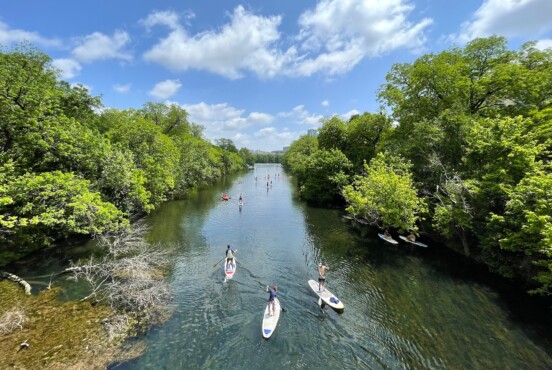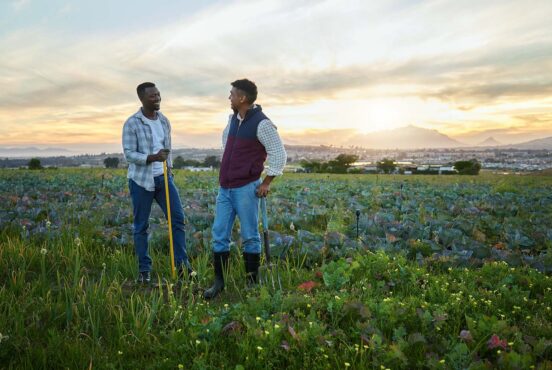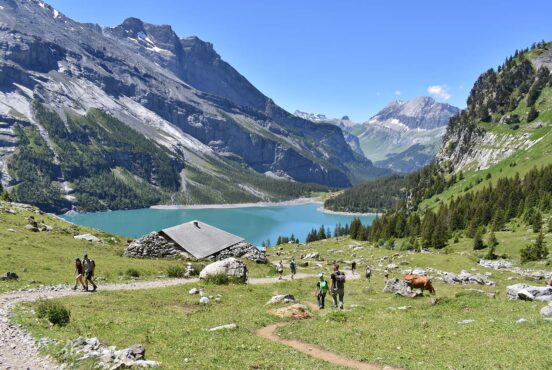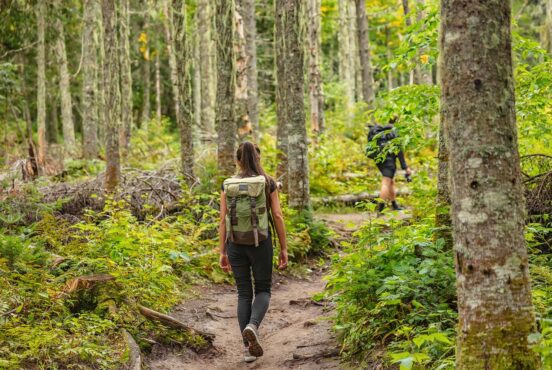Every year seems to be the “worst wildfire season in history” with large, intense wildfires becoming the norm.
In fact, in eight of the past 15 years, the United States has had the largest wildfire seasons in its history. Wildfires are burning hotter, larger, and longer and magnified by climate change and historic droughts. They wreak havoc throughout the western states and across the globe year after year. It seems like horrific smoke, destruction, and damage from fires are now the new norm. Is there anything we can do about it?
I can say with 100 percent certainty that yes, we can do something about it. And I’m qualified to say it, as I’m an ecologist who worked in the southwest US, where wildfires are part of ecosystem. It’s important to understand wildfires, their role in ecosystems, and how to work together with communities, governments, and individuals to mitigate the potential impacts of wildfire. Fire mitigation is the key to protecting our wildlands.
A quick note: wildfires need three things: oxygen, fuel, and a spark. Oxygen is hard to get rid of on earth, but wildfires can be less severe if we do something about the other two. Here are the basics of wildfires and how they work in the wild.
Wildfire Terminology
It’ll help to know a few specific terms when talking about wildfires.
- Biodiversity: the variety of life (floral, faunal, and fungal) in a particular ecosystem.
- Fuel: Items that burn quickly and help wildfires grow quickly, like dead trees, branches, leaves, dry plants, sticks, etc.
- Forest canopy (overstory): the highest part of trees, including the crowns, limbs, and leaves.
- Forest floor (understory): the lowest part of a stand of trees, including organic matter, low-lying vegetation (like ferns, saplings, and small bushes), and forest debris (e.g., leaves, pine needles, downed logs, etc.).
- Intensity: the energy released from the fire (e.g., flame length, rate of spread, etc.).
- Mitigation: on-the-ground land management practices to reduce the chance of wildfire causing catastrophic damage.
- Pioneer species: vegetation that grows following a wildfire event. They take root easily and grow rapidly, like quaking aspens and the California hazelnut bush.
- Severity: the ecosystem impacts of a fire (e.g., mortality of trees, loss of biodiversity, etc.).
- Wildland-urban interface: the zone of transition between wilderness and land developed by human activity.
What to Know About Wildfires
1. Not All Wildfires Are Bad
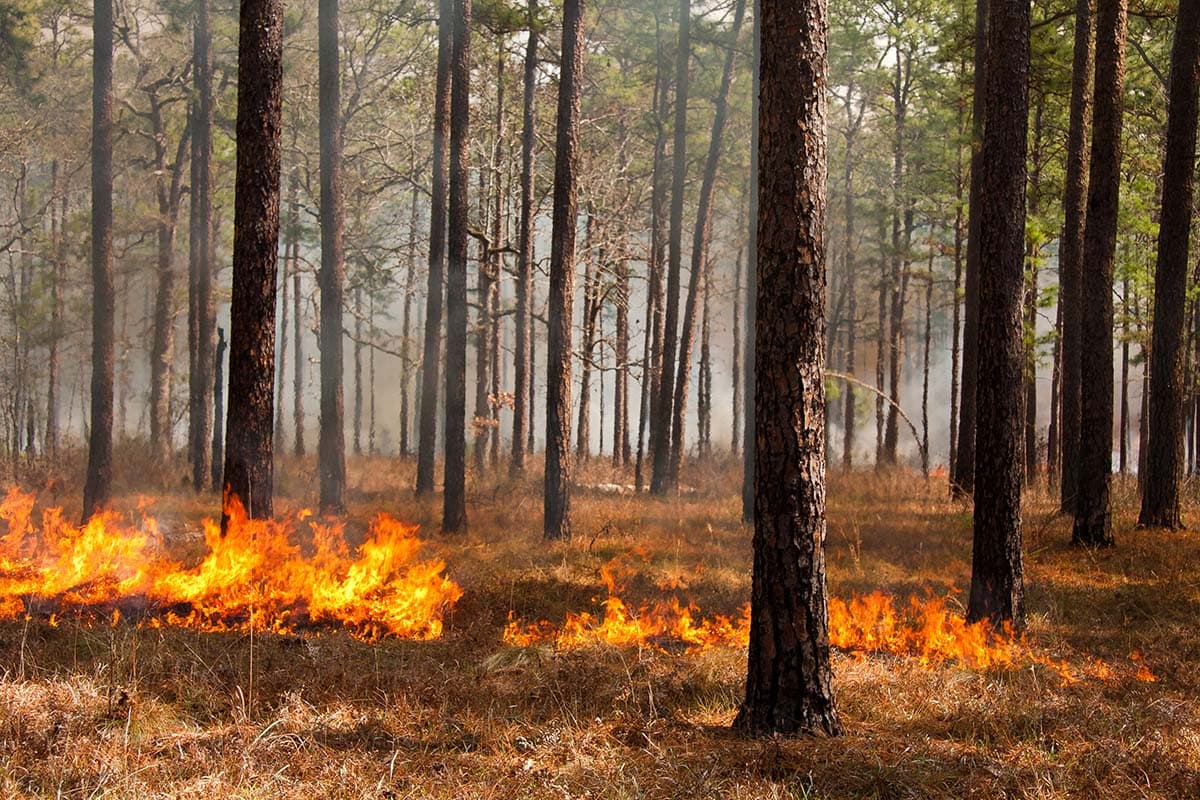
Destruction and devastation likely come to mind when you think about wildfires. In truth, they are destructive and devastating, especially thanks to climate change. But did you know that wildfires can actually be a good thing? They were (and still are) a huge part of forest management practices.
For centuries, wildfires naturally occurred throughout wildlands to purge the forest floor of its plant life, which prevented the buildup of sticks/logs/leave/small plants and other items that catch fire easily and help spread wildfires (fuel). Naturally occurring wildfires are of varying sizes — sometimes even larger than the ones we see today — but low intensity. In fact, the US Forest Service sometimes allows naturally started wildfire to burn in wilderness areas to this day. The only reasons for putting out the fire is if it encroaches on structures or human life.
Indigenous people of North America have been practicing the use of controlled burns for millennia. Controlled burns play a key role in the history and culture for the tribes of the Yurok, Karuk, and Hoopa of northern California. The tradition of basket weaving wouldn’t be possible without the hazelnut bush, which is a pioneer species. Even the salmon life cycle (which is imperative to northern Indigenous people) is improved with wildfire as it increases the amount of wood in streams for overwintering juvenile fish.
2. Historic Forest Management Practices Have Made Wildfires Worse
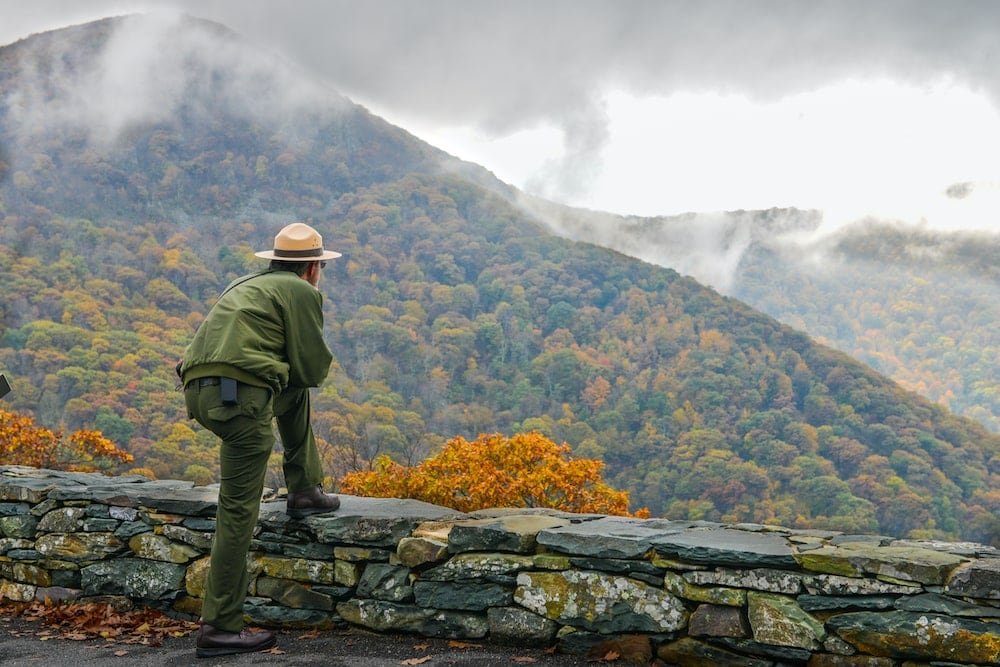
Commercial timber harvesting was a huge part of the economy back in the late 1800s and early 1900s. In 1910, three million acres burned throughout the American West in just two days. The economy took a hit and the government subsequently changed its national fire policy.
After several severe fire seasons in the 1920s, President Roosevelt created the Civilian Conservation Corps (CCC) as part of the New Deal,which adopted the Forest Service’s “10 a.m. policy.” This decreed that any fire should be suppressed by 10 a.m. the following day. At the same time, the CCC planted 3.5 billion trees to combat the soil erosion that caused catastrophic Dust Bowl of the 1930s. It earned the CCC the nickname “Roosevelt’s Tree Army.”
But as you may expect, there’s a problem. The “science” Roosevelt’s tree army relied created problems for current land managers. Prior to fire suppression efforts, natural fires would typically burn 100 to 200 acres at a time, instead of the 300,000 we sometimes see today. Historically, wildfires formed a mosaic on the land, hitting forest stands of differing ages. These age classes include old-growth forests, pioneer (young) species, and forests with mixed-age trees. By suppressing fires, forests became full of trees of all the same age, which makes them more susceptible to disturbances like the mountain pine beetle invasions — and wildfire.
So now, wildfires are both more intense and more severe because of the way historic forest management practices groomed forests. We’re partly combating a problem we created — although there’s way more to it, and it’s called climate change.
3. Smokey the Bear is wrong
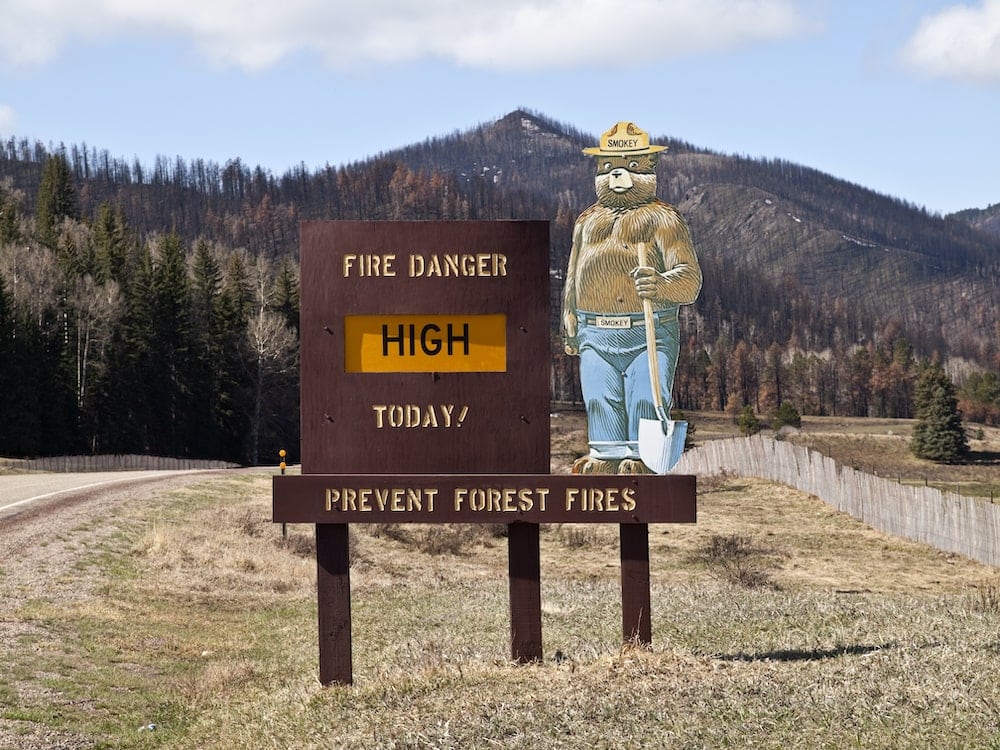
We’ve all heard it: “Only you can help prevent forest fires.” And I’ve got a huge beef with this slogan. Smokey Bear was “born” in 1944 thanks to the US Forest Service and became the face for preventing forest fires. The first Smokey poster emphasized that the responsibility of preventing forest fires was in the hands of the public. Maybe in the beginning, this sort of messaging was helpful, but not anymore. Though the majority of fires are started by humans, naturally occurring fires are responsible for burning the majority of the acreage.
Here’s what that means:
In 2015 (one of the worst fire seasons in the last 15 years), there were a total of 68,151 fires. Of those fires, 58,916 were human-caused and burned just a total of slightly more than two million acres. But the remaining lightening-caused 9,235 fires burned more than eight million acres. In other words, 86.4 percent of wildfires in 2015 were human-caused, but they were only responsible for 20 percent of the numbers of acres burned. That means 80 percent of the acres burned were during naturally occurring wildfires.
That’s why Smokey’s messaging needs a tweak. We need more than just “only you can prevent forest fires.” Instead, we need to recognize that fires are bigger and stronger than ever before due to historic droughts and climate change. Yes, humans start a lot of fires, but they don’t burn nearly the amount of land as naturally caused fires do.
The way that we can help combat this is by voting for people who recognize climate change as something real, something humans can influence, and something we need to address as a species. Vote for candidates that will support funding for fire preventative measures and water conservation efforts. While in the US that generally means supporting democrats, there are Republican candidates and candidates from other third parties who believe in and are willing to talk about climate change. Do your research and make sure you vote. It’s really, really easy to register to vote (and actually vote).
4. Wildfires Create Ecologically Diverse Landscapes
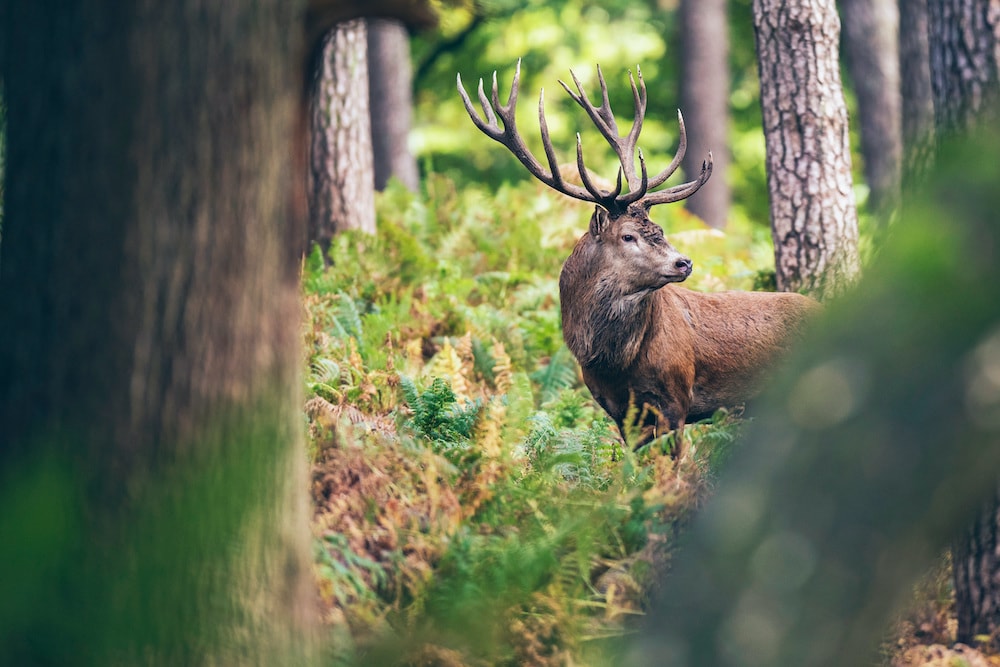
Did you know that there are many species (both plant and animal) that need wildfires to maintain healthy populations? If you’ve been to Colorado or Utah in the fall, you’ve likely seen the vast swaths of quaking aspens blanketing the landscape. You might even see strips of them cascading down steep hillsides.
That’s because aspens are a pioneer species. They thrive in places where the landscape was recently disturbed — often by a wildfire. (In the case of strips of aspens on hillsides, it’s probably rock or mud slides that disturbed the landscape). Wildfires play a critical role in new growth of pioneer species. But it’s not just the pioneer species who need wildfires.
Wildfire, in general, creates the organic, rich soil plants need to be healthy, and healthy plants are better at fending off insect infestations and other disturbances. And cleared forests mean the sun can better reach the forest floor, which helps new life sprout. And species like Jack Pine and Ponderosa Pine rely on extreme heat to reproduce. They have serotinous cones (cones with a dense, waxy coating) that only open with extreme heat. No heat means no seed release which means no new trees.
Even small rodents rely on the landscapes produced by fires as downed trees create homes for them. Those small rodents are a crucial food source for animals higher up the food chain like raptors, owls, and coyotes. Dead trees are also an important food source for woodpeckers and a place for fungi to reproduce.
5. Wildfire Management is a Team Effort — and You’re on the Team
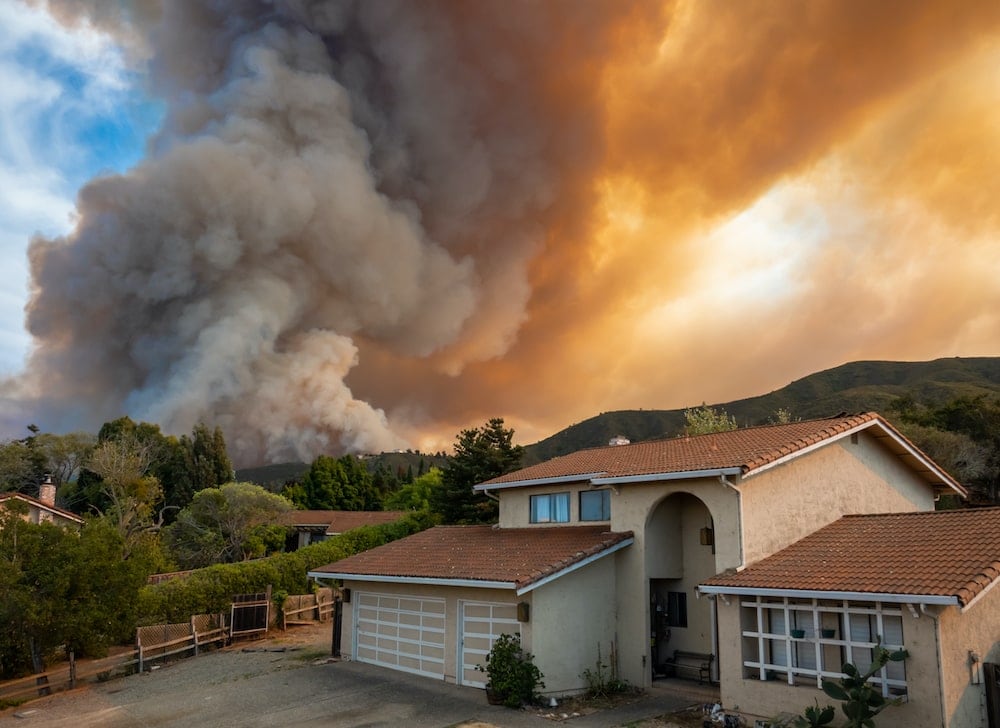
A large portion of wildfires happen on government-owned lands. Luckily, many government agencies work together when it comes to wildfire management. The National Interagency Fire Center’s (NIFC) partners include the Bureau of Indian Affairs (BIA), the Bureau of Land Management (BLM), the National Oceanic and Atmospheric Administration (NOAA), the US Fish and Wildlife Service, the US Forest Service, the National Park Service, the Department of Homeland Security, and the Department of Defense. Whew.
But it also takes cooperation from state and local governments and private landowners. A huge cost to fighting fires is protecting “in-holdings.” In-holdings are portions of land privately owned but surrounded by government-owned land like national forests. So if you’re a landowner, get smart — learn how to mitigate fire risk around your property and check your local town regulations as there may be laws around it. For example, in northern California, homeowners who leave dry pine needles too close to their homes can be fined. That may seem like an overreach, but if a fire does start near your yard, your failure to clear the lawn means the fire will spread faster, endanger your neighbors houses, cost more to fight, and put fire fighters at risk.
Climate change may be a natural phenomenon, but our current wave is undoubtedly almost entirely caused by human development — the science is very, very clear. And because we collectively caused it we have to collectively deal with the aftermath, which includes wildfire mitigation. It’s time to listen to climatologists, wildland firefighters, and wildfire ecologists to help lessen the impacts of climate change.
You can learn more about climate change at international, unbiased, non-profit organizations like the United Nations or the Climate Action Network. And read up on wildfires at the Forest Service website or at the National Interagency Fire Center.
More About Sustainable Recreation
Sign up for the Weekend Wanderer to join thousands of readers getting epic travel ideas every week.
Seen in: Sustainability


